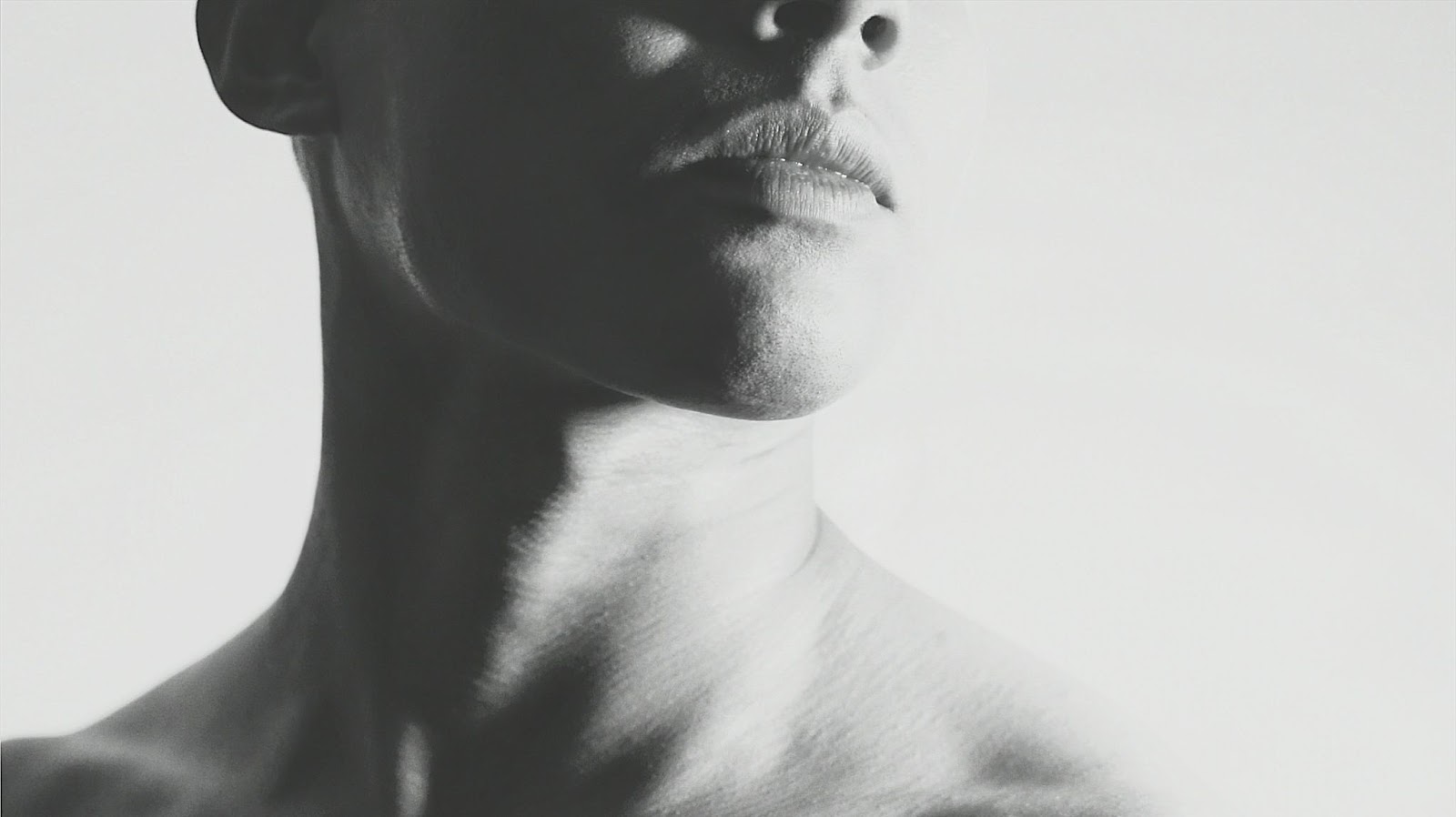
Welcome to the captivating world of photography, where every click captures not just a moment but a story told by the silent language of body expressions. In this journey, we’ll explore body expressions and how the subtle movements and gestures in photos convey deep emotions and narratives. I will go through many types of body language and how both a subject and the photographer can work together to produce the body expression that is wanted for any photo. So whether you’re a photography enthusiast or simply curious about the stories hidden behind a photo, this exploration is for you.
Table of Contents:
The Power of Body Expressions in Photography
Deciphering Person Posing: Telling Stories through Body Language
Understanding Anxious Body Language in Photos
Dance Photography: Capturing the Magic of Movement
Fashion Photography: Posing for Style
Classic Portraits: Timeless Elegance in Poses
Candid Captures: The Beauty of Unscripted Moments
Group Photos: Telling Collective Stories through Body Language
The Photographer’s Pose: Setting the Scene with Body Language
The Subtle Language of Hands
Eyes as Windows to the Soul
Posture and Mood
Mirroring and Connection
The Unspoken Language of Facial Expressions
The Power of Body Expressions in Photography:
Body expressions go beyond just smiling or frowning in photos; they tell a deeper story. Think about a photo where someone’s shoulders slump, conveying a sense of sadness without a single word. These small details transform a picture into a visual tale, making it more than just a snapshot.
Connecting with Your Subject:
When discussing body expressions with your subject, encourage them to share their emotions and experiences. Ask open-ended questions like, “How do you want to feel in this photo?” or “Is there a particular emotion you’d like to convey?” By establishing a dialogue, you create a collaborative space for them to express themselves authentically.
Photographer’s Role:
As a photographer, actively observe your subject’s body language during the conversation. Pay attention to their natural movements and expressions. Offer gentle guidance and positive reinforcement, reassuring them that their authentic self is the key to a powerful and evocative photograph.
Deciphering Person Posing: Telling Stories through Body Language:
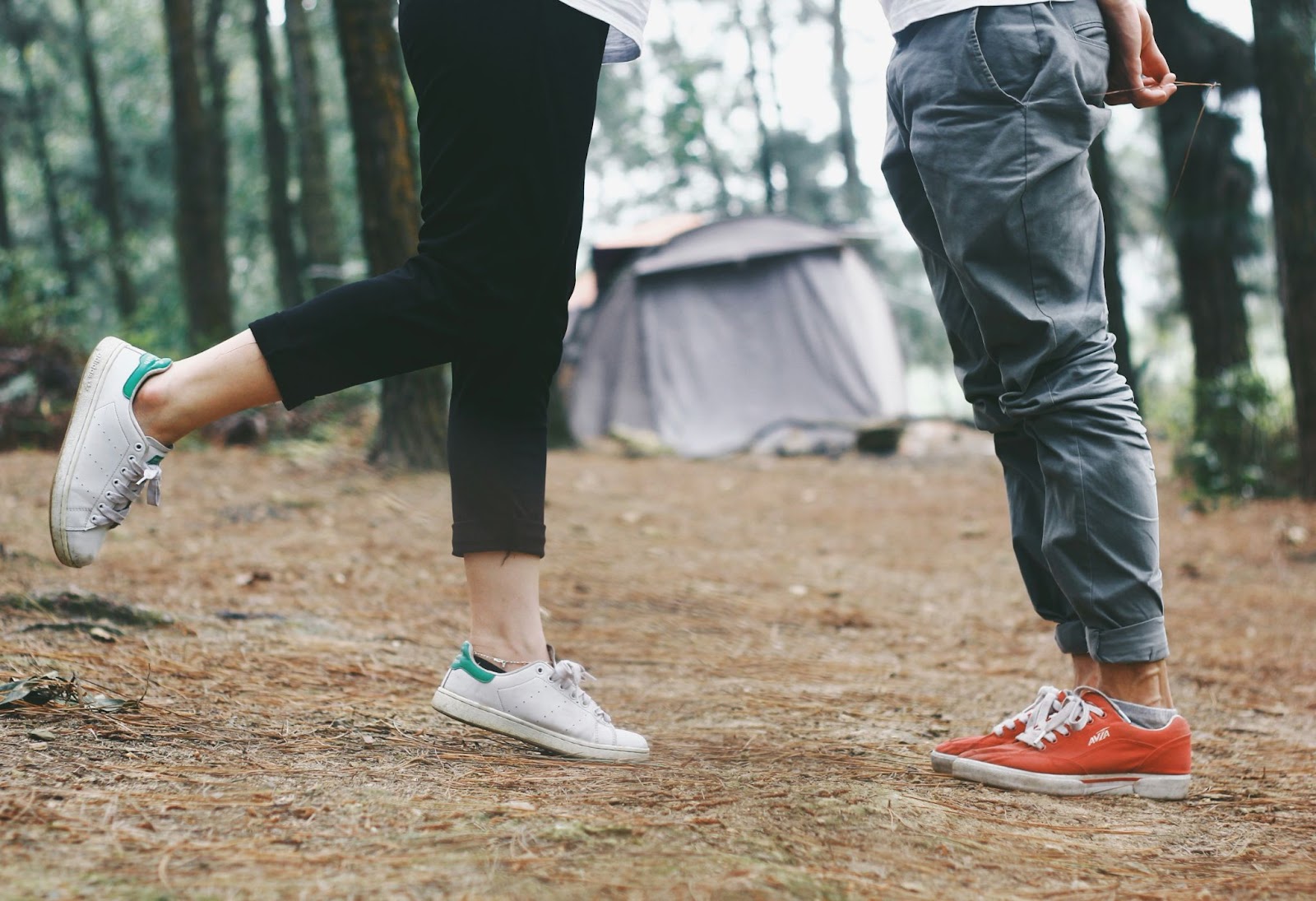
When someone poses for a photo, it’s like creating a small story within the frame. Imagine someone tilting their head and making eye contact with the camera; it instantly adds confidence and engagement to the picture. These subtle moves help create a harmonious story in each photo.
Connecting with Your Subject:
Discuss the narrative you aim to convey through the photo. Ask questions like, “What story do you want this pose to tell?” or “How can we make this pose reflect your personality?” Collaborate on finding poses that resonate with the individual’s character, ensuring a genuine and authentic representation.
Photographer’s Role:
Guide your subject through the posing process by demonstrating and explaining the desired body language. Provide positive feedback and constructive suggestions, emphasizing the importance of natural movements. Establish trust and openness to foster a comfortable environment, allowing the subject to embody the intended narrative.
Understanding Anxious Body Language in Photos:
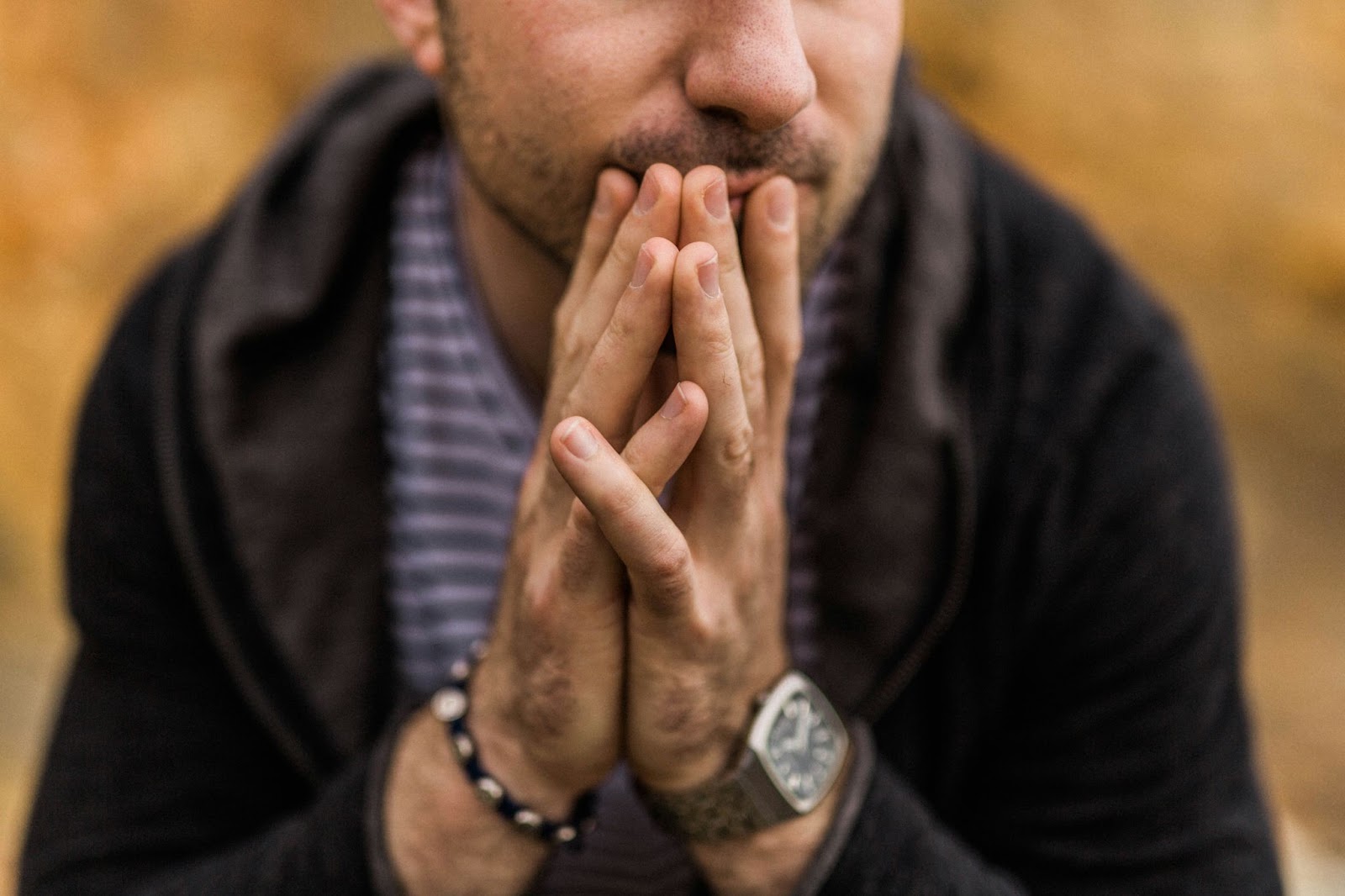
Anxiety can unknowingly sneak into photos, affecting the overall feeling of a picture. Look for signs like fidgeting hands or tense shoulders to understand when someone might feel uncomfortable. Learning to recognize these signs helps create a relaxed environment for genuine expressions to shine through.
Connecting with Your Subject:
Initiate a conversation about comfort levels and any concerns they may have. Encourage open communication by expressing that their well-being is a priority. Create a safe space for them to share their feelings, allowing you to collaboratively work towards a more relaxed and natural body language.
Photographer’s Role:
Be attuned to subtle signs of anxiety during the photoshoot. If tension is evident, take a moment to pause and reassure your subject. Share positive feedback, highlighting the moments when their authentic self shines through. Adjust your approach based on their comfort, fostering an environment that promotes genuine expressions.
Dance Photography: Capturing the Magic of Movement:
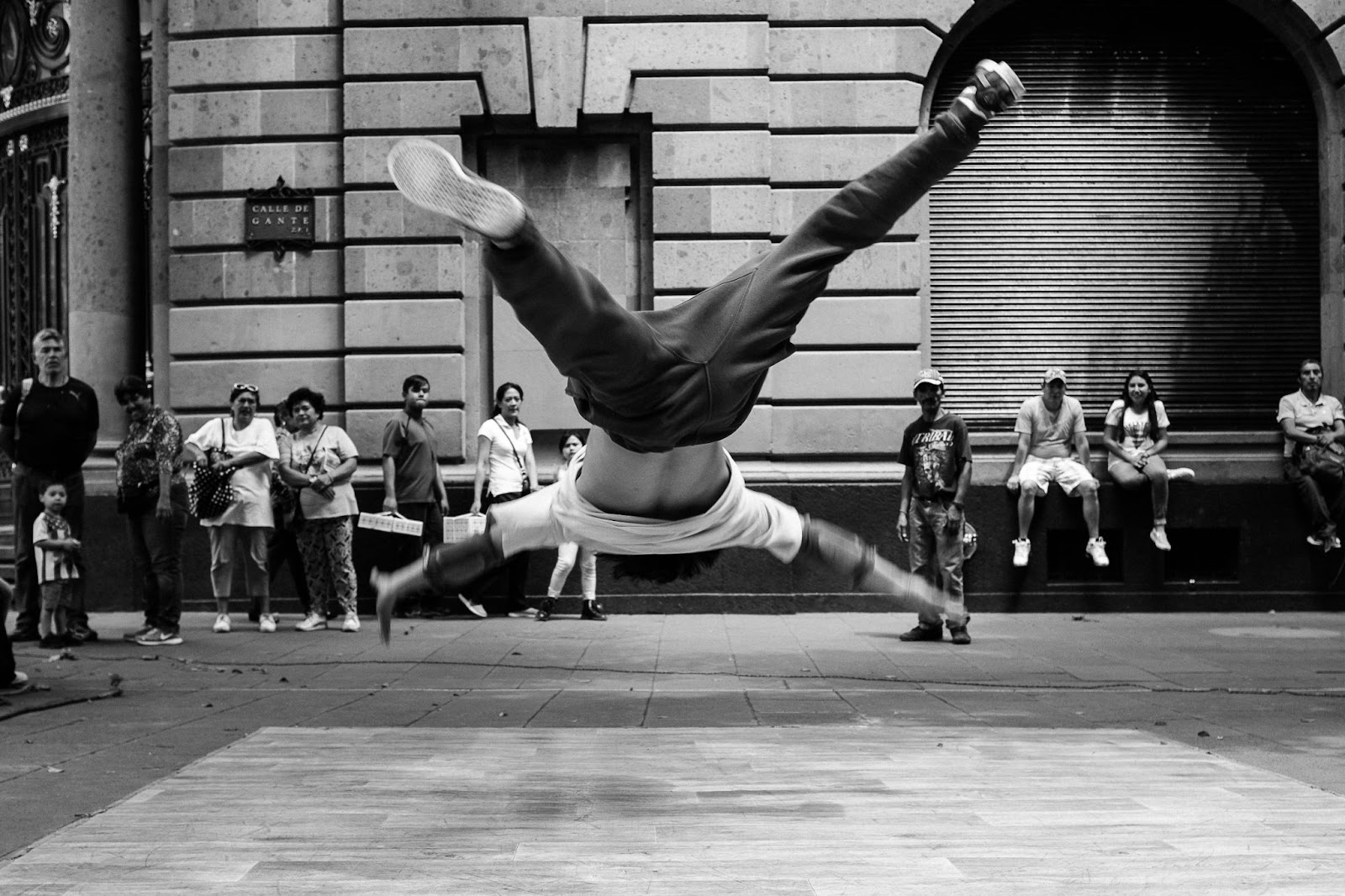
Dance photos are like freezing a magical moment in time. Picture a dancer mid-leap, expressing grace and power simultaneously. The body becomes a brushstroke, painting a vivid picture that tells the story of movement and emotion.
Connecting with Your Subject:
Discuss the style of dance and the emotions they wish to convey. Ask about their favorite movements and any signature poses they enjoy. By understanding their connection to dance, you can collaboratively plan poses that capture the essence of their artistry.
Photographer’s Role:
During the shoot, be attentive to the rhythm of the dance and the emotions expressed. Provide space for spontaneous movements while offering guidance on capturing specific poses. Utilize your knowledge of dance styles to suggest dynamic poses that showcase both the beauty and storytelling potential of each movement.
Fashion Photography: Posing for Style:
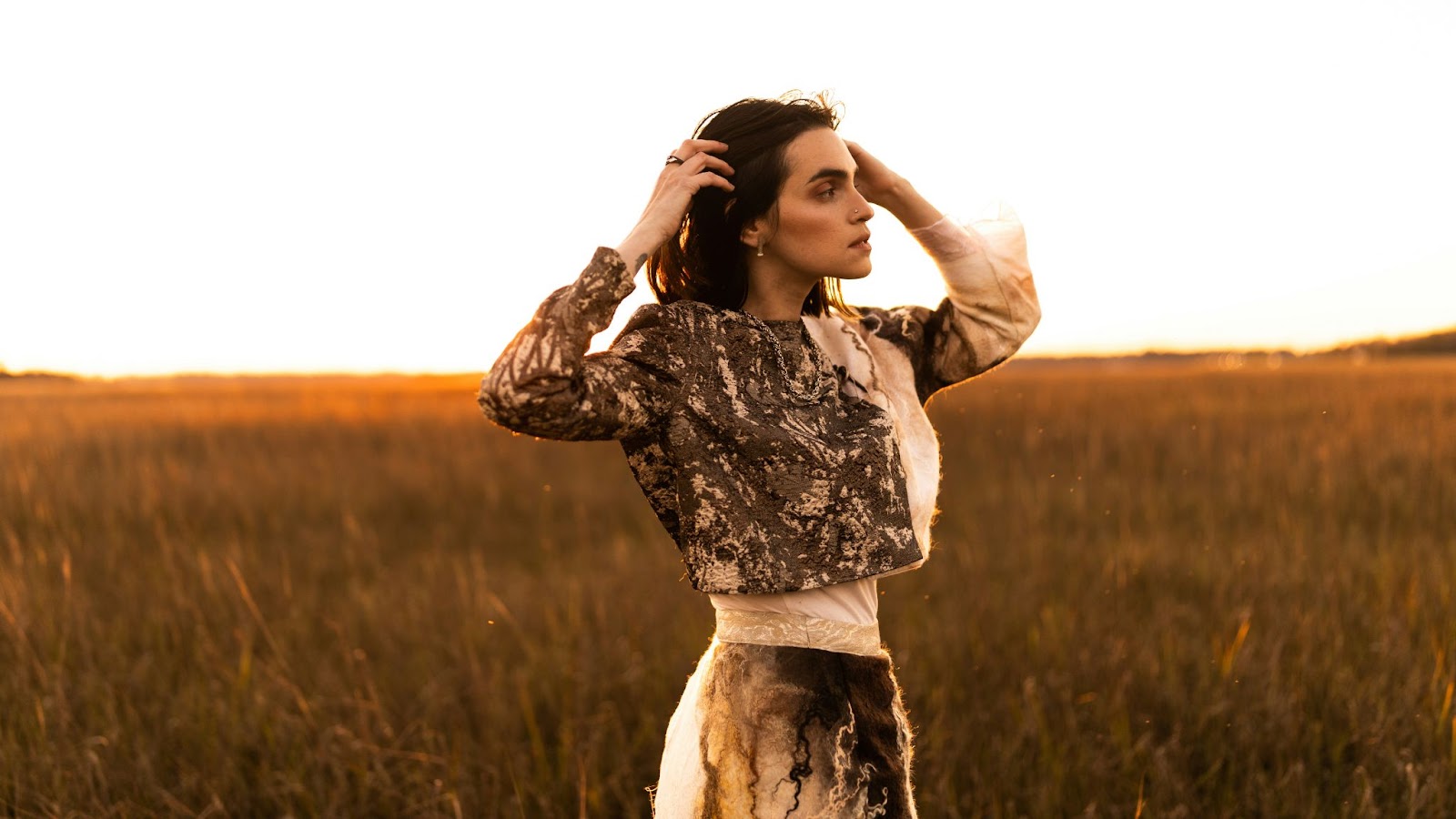
Fashion photography is about more than just showing off clothes; it’s about telling a whole story. Imagine a model confidently striding forward—each pose conveys a different aspect of character and mood, adding depth to the narrative being told through the lens.
Connecting with Your Subject:
Discuss the desired mood and character traits to be conveyed through the fashion shoot. Explore the model’s personal style and preferences, incorporating elements that resonate with their identity. Collaboration ensures that the poses align with both the fashion narrative and the model’s individual expression.
Photographer’s Role:
Guide the model through poses that complement the fashion narrative while allowing their personality to shine through. Offer positive reinforcement and encouragement to bring out their confidence. Pay attention to subtle nuances, adjusting poses to capture the desired style while maintaining authenticity.
Classic Portraits: Timeless Elegance in Poses:
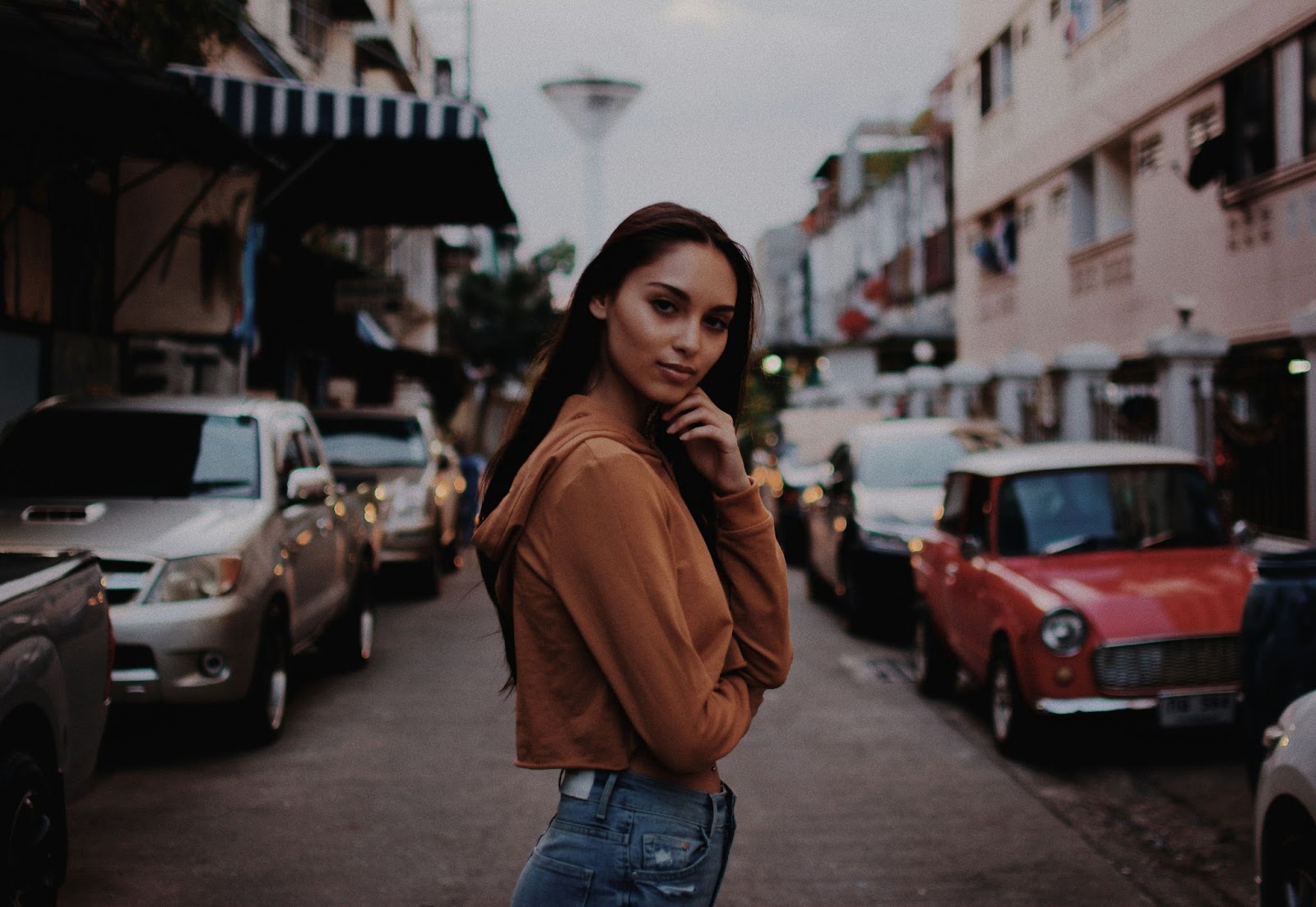
Classic portraits capture timeless elegance through subtle gestures. Envision a subject with a gentle tilt of the head and a poised posture; these small details contribute to portraits that withstand the test of time, telling a story of enduring beauty.
Connecting with Your Subject:
Engage in a conversation about the desired tone and mood of the portrait. Explore the individual’s preferences regarding classic elegance and timeless beauty. By understanding their vision, you can collaboratively plan poses that align with their desired aesthetic.
Photographer’s Role:
Guide your subject through classic poses while maintaining a focus on their unique features and expressions. Provide gentle direction on achieving timeless elegance through subtle adjustments in posture and expression. Create an environment that allows the subject’s natural beauty to shine, ensuring the portrait resonates with both classic aesthetics and personal authenticity.
Candid Captures: The Beauty of Unscripted Moments:
Candid photos capture real, unscripted moments. Think of a photo where friends are laughing or sharing a glance. These spontaneous moments celebrate the authentic beauty of life, preserving real expressions without the need for staging.
Connecting with Your Subject:
Encourage natural interactions by fostering a relaxed and comfortable atmosphere. Share stories, jokes, or memories that evoke genuine emotions. The goal is to create an environment where subjects forget about the camera, allowing authentic connections and unscripted moments to unfold.
Photographer’s Role:
Be a silent observer during candid shoots, capturing the essence of unscripted moments. Avoid interrupting the natural flow of interactions. Utilize a telephoto lens to maintain a respectful distance while ensuring that the subjects feel at ease. By blending into the background, you allow genuine expressions to shine through.
Group Photos: Telling Collective Stories through Body Language:
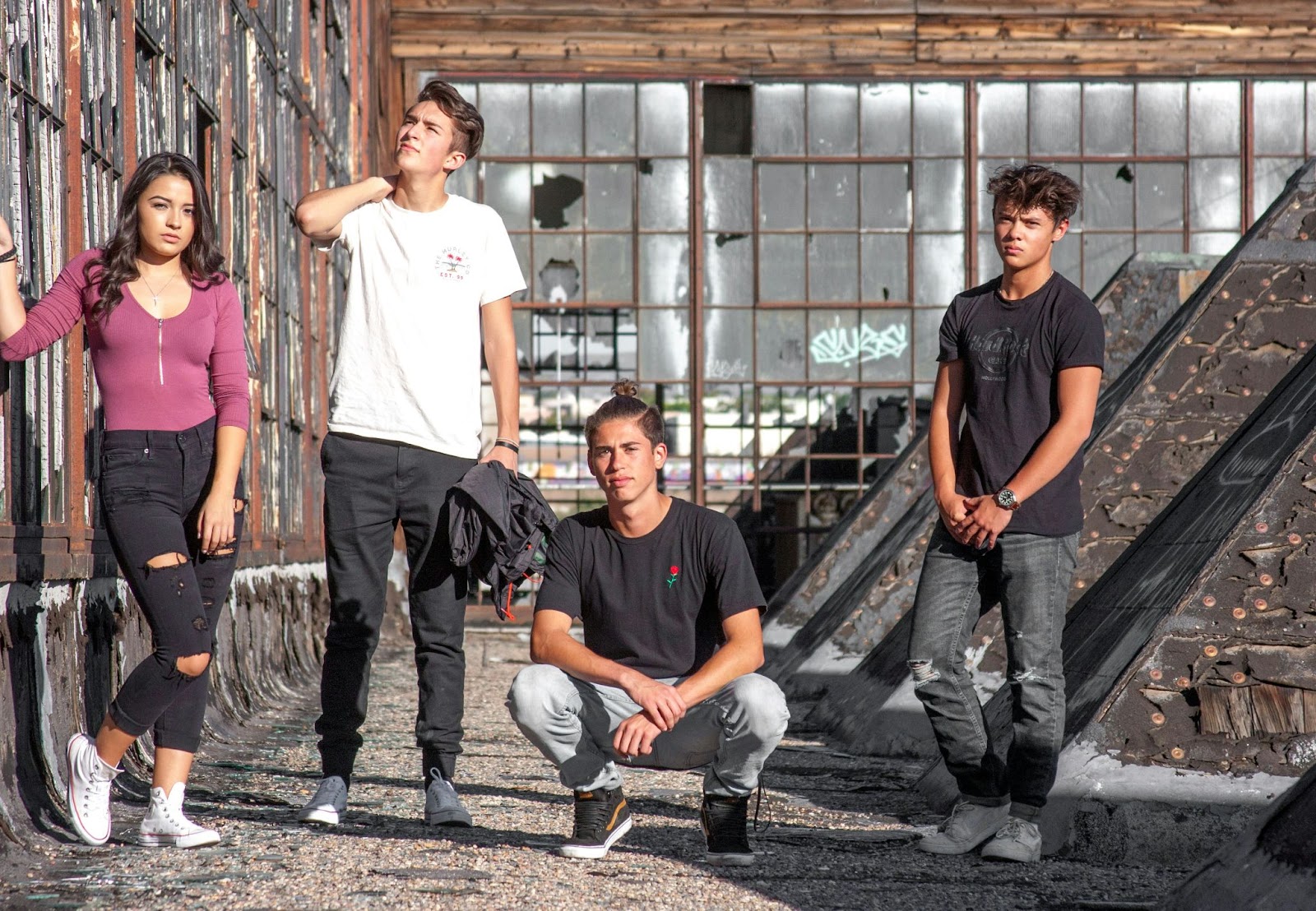
Group photos are a collective narrative told through individual body language. Imagine a family photo where each member’s pose contributes to the overall story—a shared laugh, a comforting touch, or synchronized poses creating a visual story of connection.
Connecting with Your Subjects:
Initiate a conversation to understand the relationships within the group. Ask about shared experiences, inside jokes, or meaningful gestures that can be incorporated into the photo. Building a connection with each member ensures that the group dynamics are authentically represented.
Photographer’s Role:
Guide the group by suggesting poses that showcase their relationships and connections. Encourage natural interactions, such as laughter or supportive gestures. Be attentive to the dynamics between individuals, capturing candid moments that reflect the genuine bonds within the group. Your role is to orchestrate a visual story that encapsulates the collective narrative.
The Photographer’s Pose: Setting the Scene with Body Language:
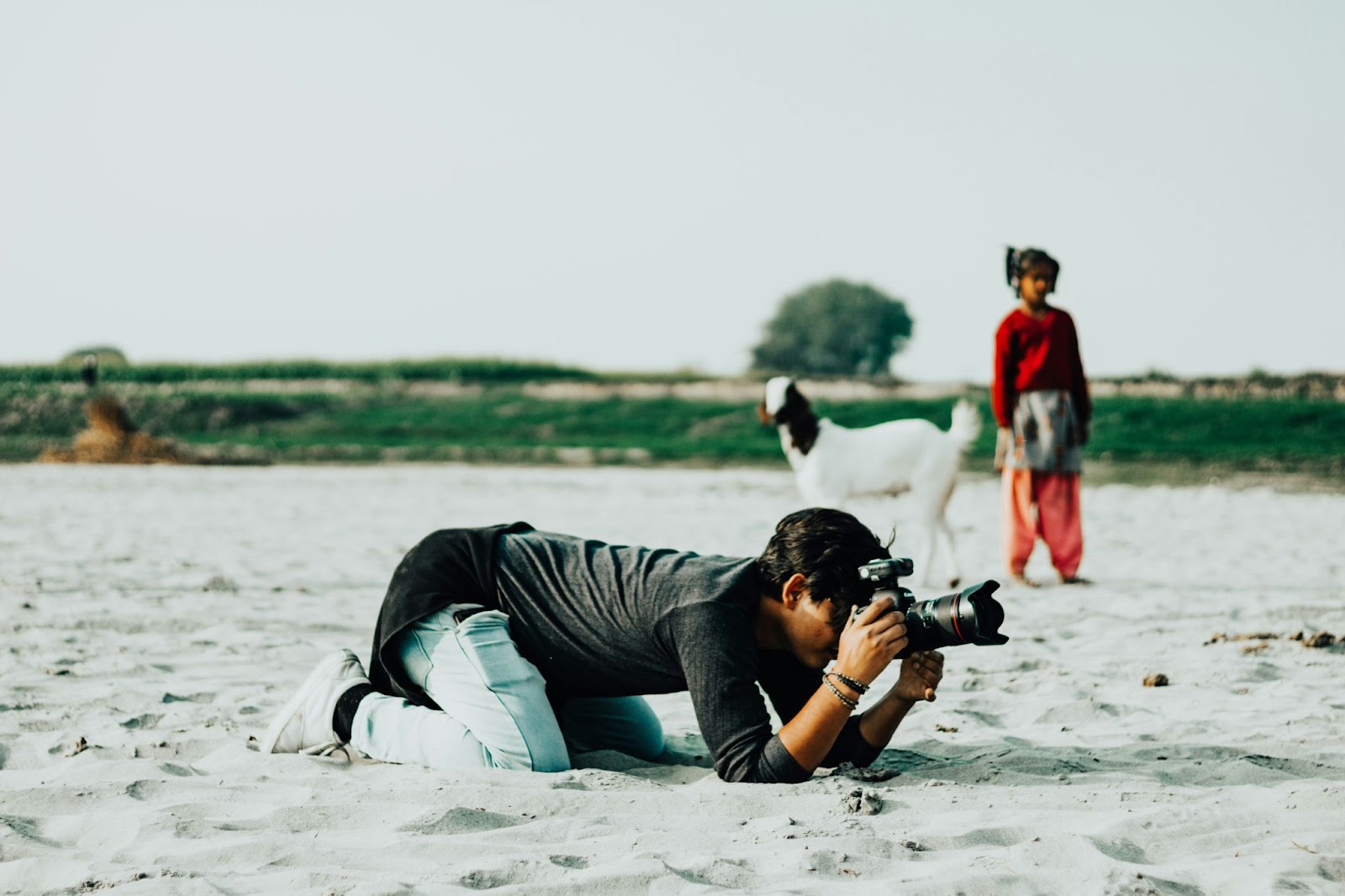
As a photographer, your body language matters too. Picture a photographer crouching down to capture a child’s perspective or gesturing subtly to guide a subject into a pose. The photographer’s body becomes a tool for creating a comfortable environment, fostering trust, and allowing authentic expressions to shine.
Connecting with Your Subjects:
Discuss your approach and intentions with your subjects. Share insights into how your body language may guide them during the shoot. Emphasize collaboration and encourage feedback to ensure a comfortable and communicative atmosphere.
Photographer’s Role:
Be mindful of your own body language and its impact on the shoot’s atmosphere. Maintain a confident yet approachable demeanor, demonstrating the poses or actions you envision. Use subtle cues to guide subjects, and be attuned to their responses. Your body becomes a conduit for establishing a collaborative and comfortable space, enhancing the overall experience.
The Subtle Language of Hands:

Hands play a significant role in body language. Imagine a photo where someone’s hands are clasped together, expressing a sense of anticipation or nervousness. Understanding the language of hands adds another layer to interpreting the emotions conveyed in a picture.
Connecting with Your Subject:
Discuss the symbolic meanings of different hand gestures and their impact on the overall photo. Encourage subjects to express themselves through hand movements that resonate with their emotions or intentions. Collaborate on incorporating hand gestures that enhance the narrative.
Photographer’s Role:
Guide subjects in exploring various hand poses, explaining the emotions each gesture conveys. Pay attention to the subtleties of hand placement and movement, capturing moments that add depth to the overall composition. Provide gentle suggestions for refining hand expressions while allowing subjects to infuse their unique style into the gestures.
Eyes as Windows to the Soul:
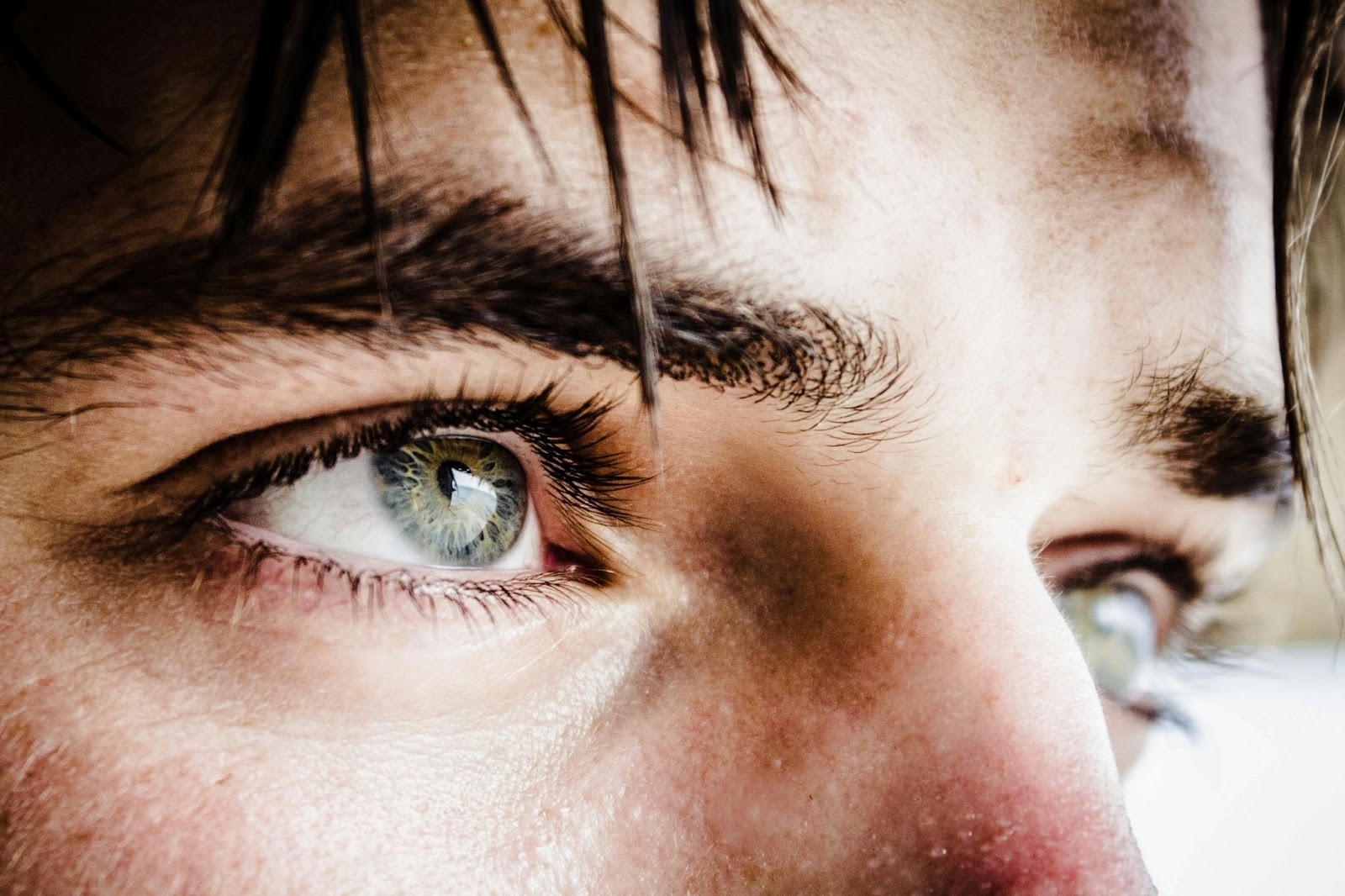
Eyes are powerful storytellers. Consider a portrait where the subject’s gaze is directed away from the camera, creating an air of mystery or introspection. Exploring the nuances of eye contact and gaze direction reveals more about the emotions captured in a photo.
Connecting with Your Subject:
Discuss the significance of eye contact and gaze direction in conveying emotions and narratives. Encourage subjects to express themselves through their eyes, whether it’s by looking directly at the camera or gazing into the distance. Collaborate on creating a visual story through intentional eye expressions.
Photographer’s Role:
Guide subjects in exploring different eye expressions that align with the photo’s narrative. Explain how subtle changes in gaze can evoke specific emotions or moods. Use your own eye contact to establish a connection and convey the desired atmosphere. Capture the depth of emotions reflected in the subjects’ eyes, adding a layer of storytelling to the photograph.
Posture and Mood:
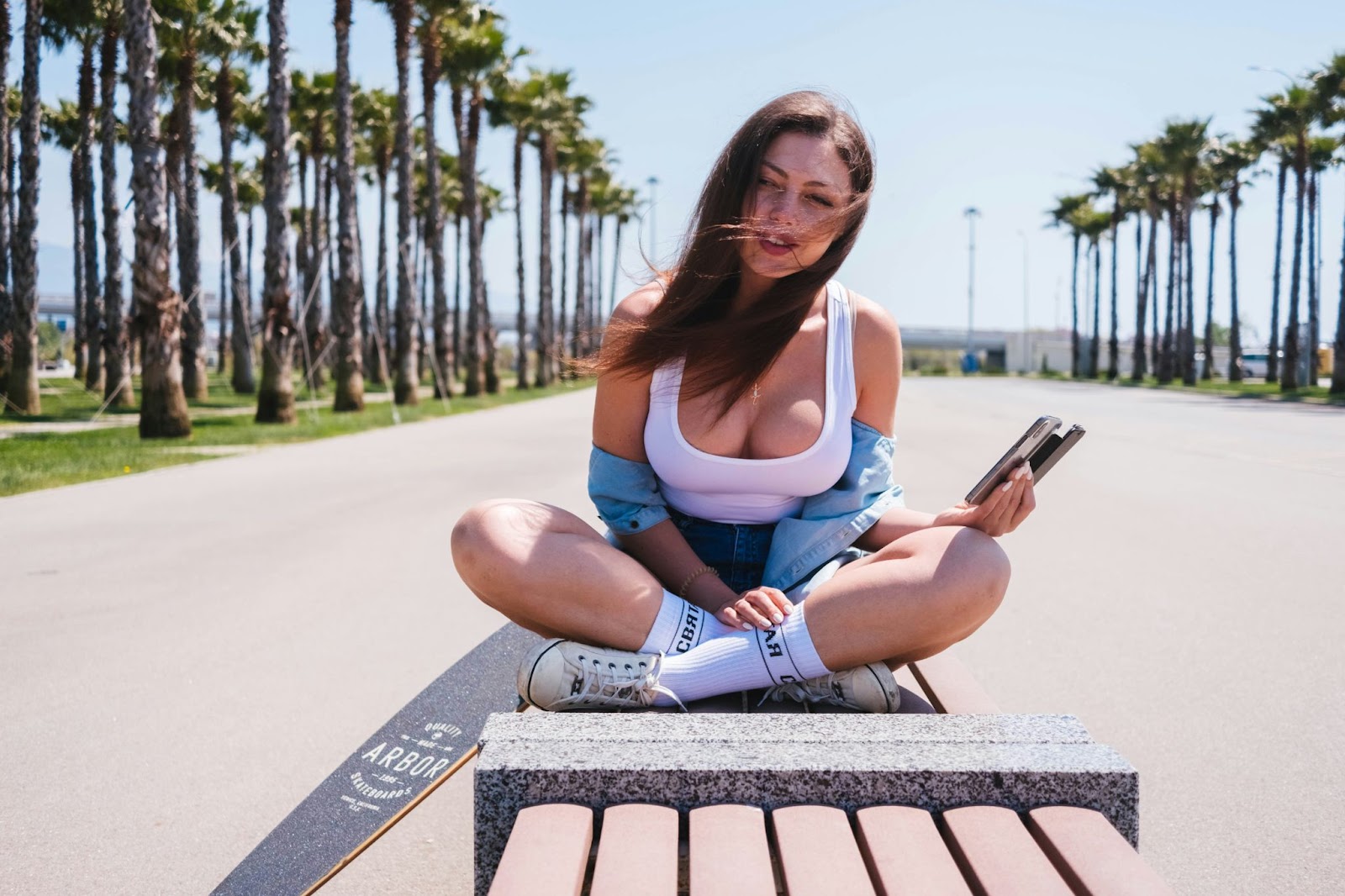
Posture speaks volumes about a person’s mood. Envision a photo where someone is standing tall with open body language, exuding confidence. Exploring how posture reflects mood adds a psychological dimension to understanding the narratives within photographs.
Connecting with Your Subject:
Discuss the connection between posture and mood, exploring how specific body positions can convey different emotions. Encourage subjects to experiment with posture variations and express how they want their mood to be portrayed. Collaborate on finding poses that resonate with the intended emotional tone.
Photographer’s Role:
Guide subjects through different postures, explaining the psychological impact of each stance. Pay attention to their comfort level and encourage them to express genuine emotions through their body language. Use positive reinforcement to build confidence and capture moments where posture beautifully aligns with the desired mood, enhancing the overall narrative.
Mirroring and Connection:
In group photos, observe how people naturally mirror each other’s body language. Friends may lean in together, mirroring gestures that create a sense of connection. Recognizing these mirroring dynamics enhances the understanding of the relationships portrayed in collective images.
Connecting with Your Subjects:
Initiate a discussion about the dynamics and connections within the group. Explore shared experiences and emotions, emphasizing the importance of capturing genuine connections. Encourage subjects to express their bonds through natural mirroring and shared body language.
Photographer’s Role:
Guide the group by creating scenarios that naturally evoke mirroring and connection. Suggest poses that emphasize shared gestures or synchronized movements. Observe the group’s interactions and capture moments of natural mirroring, showcasing the authentic connections within the frame. Your role is to facilitate an environment where mirroring enhances the visual story.
The Unspoken Language of Facial Expressions:
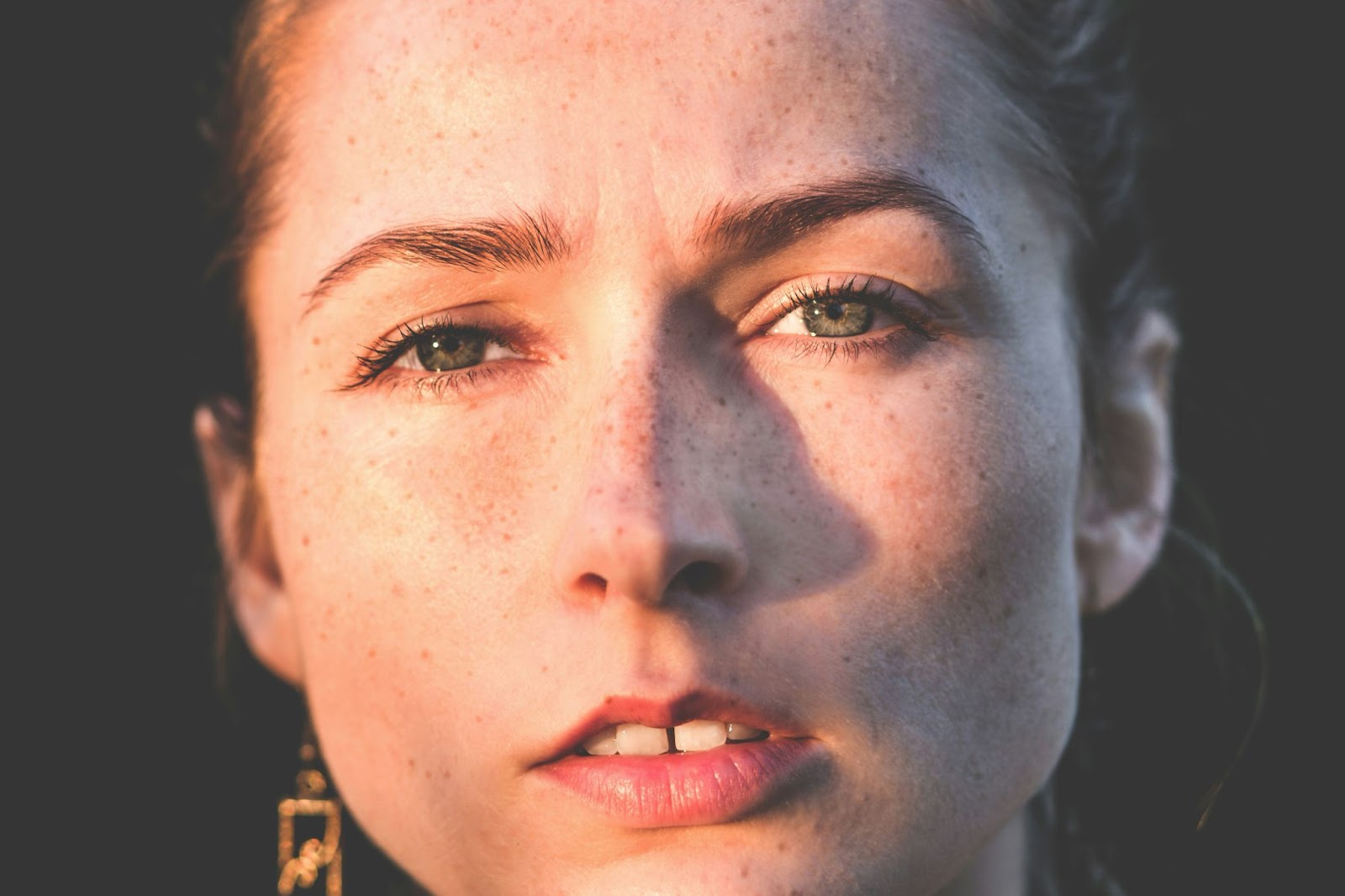
While focusing on body language, facial expressions remain a crucial element. A subtle smile, furrowed brows, or a raised eyebrow adds emotional depth to a photograph. Understanding the interplay between body and facial expressions enriches the storytelling capabilities of a photographer.
Connecting with Your Subject:
Discuss the role of facial expressions in conveying emotions and enhancing the narrative. Encourage subjects to express their feelings through subtle facial cues. Explore different expressions that align with the photo’s mood and collaborate on capturing moments that tell a compelling visual story.
Photographer’s Role:
Guide subjects in adjusting facial expressions to complement the body language and overall narrative. Provide feedback on the impact of different expressions and encourage genuine emotions to surface. Use your observational skills to capture the nuanced facial expressions that add authenticity and emotional depth to the photograph. Create an environment that allows subjects to express themselves comfortably, ensuring that the unspoken language of facial expressions becomes an integral part of the visual story.
The Silent Symphony: Body Expressions in Photography
In the profound language of body expressions within photography, every detail contributes to the narrative of a visual story. The body becomes a powerful tool for conveying emotions, capturing moments, and crafting enduring narratives within a single frame. As you continue your exploration, may your photography be a canvas that paints the intricate beauty of unspoken stories and the depth of human connection.
For further insights into the world of photography, delve into more content on my blog. Happy shooting!